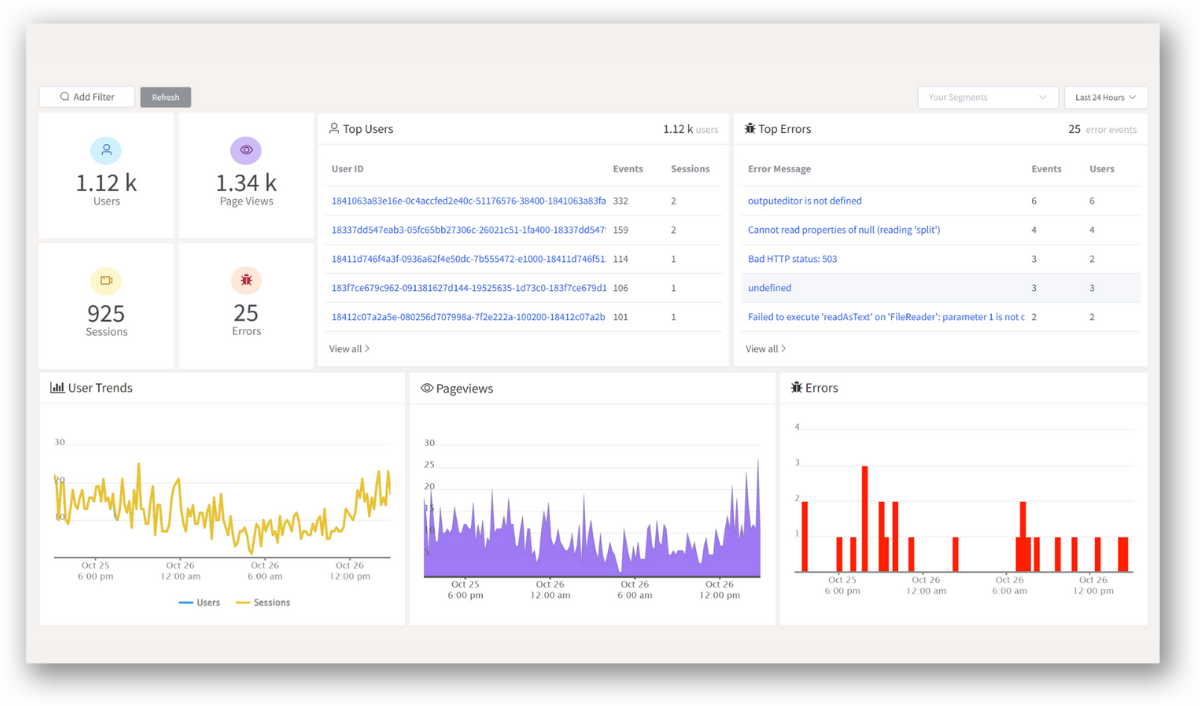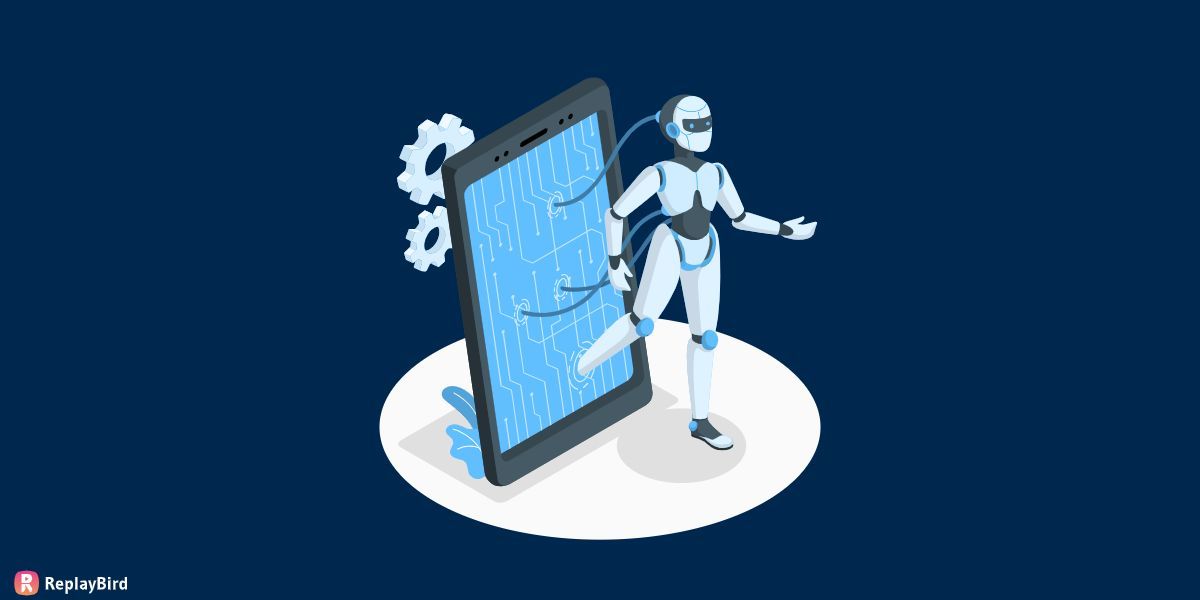Data democratization is more than just accessible data. Data democratization is when you make data accessible to your stakeholders and employees while educating them on how to use it. It doesn't matter if their background is technical or not.
It is widely understood that data democratization is having access to data.
However, just the raw or visualized data through product analytics tools isn't democratization. Then what is it, you ask?
Let me explain...
- What is data democratization?
- Solving data challenges
- A deeper dive into principles of data democratization
- What is the cultural shift that is required
- Hurdles in data democratization
What is data democratization?
In simple words, data democratization is when you enable all employees in your organization (regardless of their technical knowledge) to work with data efficiently and confidently talk about data.
This will assist significantly in making data-driven and data-informed decisions which would, in turn, create fueled customer experiences.
There is something we can call the Trifecta Of Data Democratization. It is what you as an organization need to adopt in order to ultimately democratize data.
These are the 3 principles:
- Equip your employees with the right tools to work with data.
- Enable employees to confidently ask questions related to data.
- Look at it as a process that could result in a cultural repositioning organization-wide.
Now let us indulge in some common challenges faced and which arise regarding data.
Solving data challenges
Data democratization refers to solving issues that arise regarding data that people face on a daily basis.
The dynamic nature of data and the requirements to be met by people make even the best of teams struggle to make ends meet.
Turning data democratization into a reality in any organization requires work.
One must be ready to make sound investments, educate their employees and also bring in the appropriate tools.
Making such changes, especially on a large scale, is serious business.
Below are some of the challenges people are concerned about:
- Difficulty trusting data
- Inaccessibility of data
- Lack of knowledge of data makes it challenging to find appropriate solutions
- No proper help or guidance
- Underequipped tools
If any of these statements apply to your organization, then you have work to do.
The good part is that we can solve these challenges using our trifecta of data democratization. Let us dive into how that's done.
A deeper dive into principles of data democratization
#1 Make your employees comfortable in asking question data-related questions
Data literacy is the solution to one of the significant gridlocks in data democratization.
Hence, organizations should now consider data literacy a necessity and not a luxury.
Organizations must make an effort to make data resources accessible to all employees to ensure data literacy.
What kind of data does the company collect? What does the data collected look like? Why is this particular data tracked?, How is it tracked and where is the data stored?. These are some of the questions to which employees should have an answer.
#2 Which are the appropriate tools to allow employees to work with data
Data literacy is now seen as a rudiment in an organization to produce product teams that sell and create effective growth teams.
Both product and growth teams in an organization require multiple tools to carry out their work.
To answer the question of how to choose the right tools, we first need to understand the kind of tools used by each team in the organization.
But the below list is only an outline of how teams work. Data teams are the ones that require additional tools to identify which data is a priority and which should be stored.
They determine the kind of data to be collected and understand which team needs which detailed data.
Their goal is to make sure the right data has been made available to the organization.

- Customer Success teams use data to focus on delivering great customer experiences through feedback received from users.
- Executives in an organization utilize data to help them comprehend and personalize the kind of activities and changes which would predict future investments to be made.
- Growth teams focus on carrying out experiments to land on the right one which works for the brand.
- Product teams usually work with data that helps them create new features which add value to customer experience. They also bring an end to the ones which do not serve any purpose.
- Sales teams' responsibility is to identify prospective converts depending on the kind of activities performed by the user.
- Marketing team creates content that leads to conversions and builds engaging campaigns.
- Support teams use data to achieve quicker undertaking and resolution.
Every organization, irrespective of its size, must invest in specific add-on data tools, also known as modern data stacks. These tools service the organization by helping various teams with data provision.
And because it is an ongoing process, you will need at least one dedicated person, if not a whole data team, to maintain the modern data stack.
Moving on to the 3rd and last principle...
#3 Data democratization: a process that might require a cultural shift in the organization
Let me first start off by saying that data democratization is much easier during the beginning stage of an organization. This way, it's simple to shape the culture that forms it.
The size of an organization also plays a part in impacting the speed at which data democratization can be achieved.
The more significant an organization is, the sooner it should start with its data democratization process.
The field of data itself is seeing an unstoppable rise and growth. While this is seen as a significant advancement, it is also frustrating when it comes to those who don't deal with data with ease, but inevitably, data has an impact on their jobs.
As mentioned time and again, every employee must be capable of answering data-related questions, at least the ones relative to their area of work, with proficiency.
What is the cultural shift that is required?
The need for a cultural shift arises when organizations roll up their sleeves and decide to overcome this challenge.
How do we leave data democratization challenges behind?
- Expertise in data: All employees whose work revolves around data must be well educated and gain expertise about all things data.
- Confidence: All employees should be confident about asking and answering questions regarding data information.
- Tools: Equip employees with the right tools and knowledge needed to work with data.
- Independence: Having relevant knowledge on data allows your employees to work with it and ask questions without having to depend on a third party.
There isn't one correct blueprint that ensures data democratization in an organization. But the most important is the empowerment of workers towards data. This is a solid first step towards it.
Hurdles in data democratization
Data democratization is definitely an essential initiative to be taken. But just like any other new initiative this too has its concerns which an organization must look into.
- Duplication: Duplication of data is bound to happen when data access is made available to a vast number of people. This results in a huge waste of time and resources.
- Data exploitation: Duplication of data automatically leads to exploitation. Data security is the most crucial priority of organizations around the world big or small.
- Bad planning: Poor business decisions are a thing of concern as your employees won't transform into tech experts overnight.
- Expense: There are a lot of investment and training sessions that go into employing data democratization. Especially for organizations that are yet to modernize data warehousing methods.
ReplayBird - Driving Revenue and Growth through Actionable Product Insights
ReplayBird is a digital experience analytics platform that offers a comprehensive real-time insights which goes beyond the limitations of traditional web analytics with features such as product analytics, session replay, error analysis, funnel, and path analysis.
With Replaybird, you can capture a complete picture of user behavior, understand their pain points, and improve the overall end-user experience. Session replay feature allows you to watch user sessions in real-time, so you can understand their actions, identify issues and quickly take corrective actions. Error analysis feature helps you identify and resolve javascript errors as they occur, minimizing the negative impact on user experience.

With product analytics feature, you can get deeper insights into how users are interacting with your product and identify opportunities to improve. Drive understanding, action, and trust, leading to improved customer experiences and driving business revenue growth.
Try ReplayBird 14-days free trial
Further Reading






